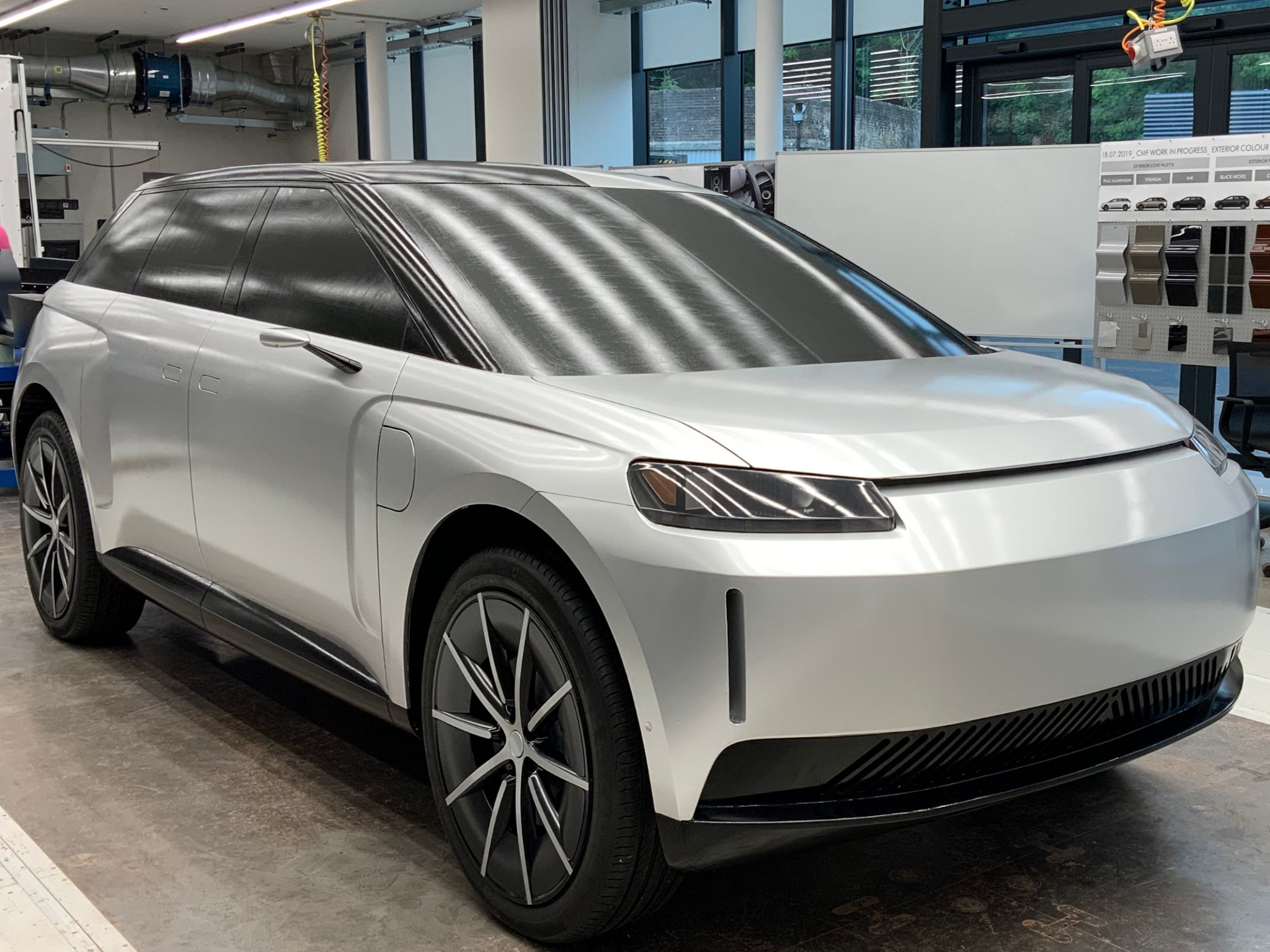Huge wheels, huge battery and huge price: Dyson reveals details of cancelled electric car
The £2.5 billion project, which was scrapped, would have resulted in cars with an £150,000 price tag – nearly twice as much as a Tesla Model X

Your support helps us to tell the story
From reproductive rights to climate change to Big Tech, The Independent is on the ground when the story is developing. Whether it's investigating the financials of Elon Musk's pro-Trump PAC or producing our latest documentary, 'The A Word', which shines a light on the American women fighting for reproductive rights, we know how important it is to parse out the facts from the messaging.
At such a critical moment in US history, we need reporters on the ground. Your donation allows us to keep sending journalists to speak to both sides of the story.
The Independent is trusted by Americans across the entire political spectrum. And unlike many other quality news outlets, we choose not to lock Americans out of our reporting and analysis with paywalls. We believe quality journalism should be available to everyone, paid for by those who can afford it.
Your support makes all the difference.Dyson has revealed greater details about the electric car that the company cancelled last year following an announcement that the “fantastic” vehicle, as founder James Dyson described it, was not “commercially viable”.
Speaking to Autocar, Dyson gave insight into what happened with the £2.5 billion project. The car – which was designed to have had seven-seats, been five meters in length, and drive on 24-inch wheels – would have been able to get a range of 600-miles from its 150kWh lithium ion underfloor battery pack.
Dyson was also a keen advocate for its large wheels, saying that it would deliver good ground clearance as well as providing the space needed for a second row of seating to appeal to the Chinese market – who would have a chauffeur in the front and spacious seating behind.
The key benefit, Dyson said, was that the design offered space and command driving without a large area at the front compared to other sport utility vehicles. That large frontal area would also have given the car more aerodynamic drag.
Aesthetically, large wheels appealed to Dyson, although he did not want to be “bitchy” when comparing the car to its competitors.
“They just look great,” he says told Autocar. “We kept viewing our car against others – and I own a Range Rover so I’m not just being bitchy – and after a while, the others’ wheels looked almost stupidly small. We concluded that we had a real advantage.”
Other notable design elements include a radical front screen rake, a low roof compared to other cars, as well as luxuries such as frameless side glass and coach rear doors to justify a premium price. Dyson also paid particular attention to the car seats as the chief executive “hate[s] what car seats have become, a kind of pastiche of the 1930s armchair. Our seats are the antithesis of that. We tried to express in visual terms the ergonomic qualities a good car seat should have, especially effective lumbar support.”
The car eventually made it to a stage where it could be drivable, although infrequently. “Driving it was fun,” Dyson says, “though we didn’t go very far or fast. But most of the time, we drive cars slowly, don’t we? I had a good impression of how easy it’d be to drive our car in a traffic jam. And it was good to see it outside the studio and know we had chosen the right concept.”
Ultimately, however, the car was deemed to expensive to be produced, with Dyson saying that it would have needed to cost around £150,000 for the company to break even. A Tesla Model X, for comparison, costs approximately £86,000.
Dyson believes that if the company had managed to reduce costs, the car would have worked in the long run. “I believe several years down the line, if we could have got costs down, we would have been competitive. But getting there was the problem” he told Autocar in an interview. “The battery costs were one thing, but other costs were high, too. When you start something, suppliers charge you more. But in the long run, we could probably have had a good business.”
As the cars are not being sold, and the company could not find anyone willing to take on the project, Dyson will have a museum to keep its cars and other properties. The company is not done in the transportation market, with Dyson saying this is not “an end to Dyson’s interest in mobility”, but that the company will only enter new markets if it is “convinced” it has a good idea or if it thought it “had the idea and the technology to make a difference”.
Join our commenting forum
Join thought-provoking conversations, follow other Independent readers and see their replies
Comments